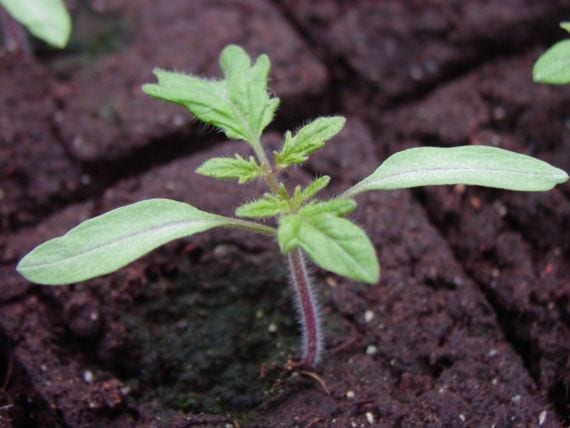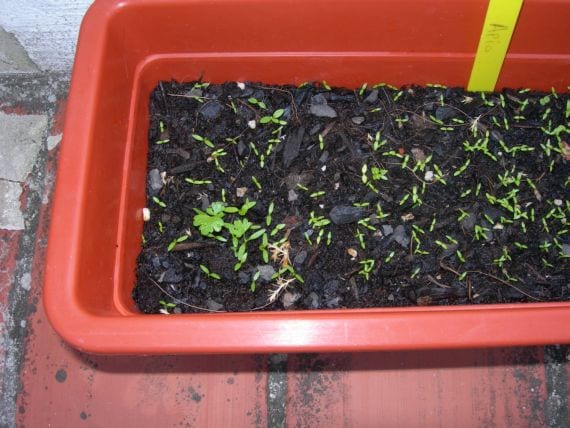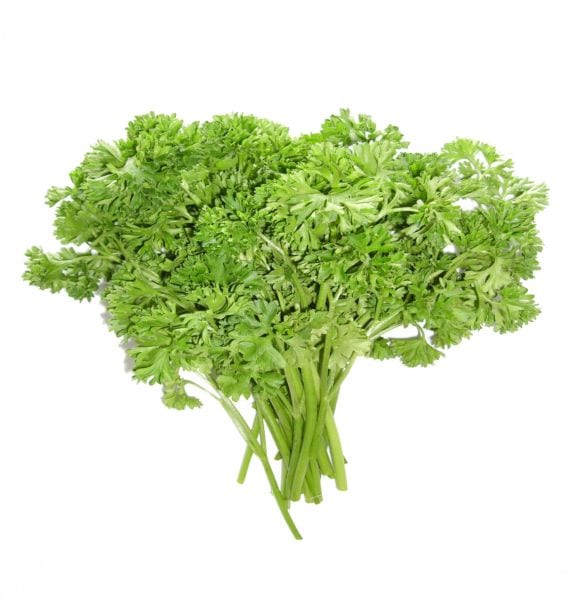
Although we are in the coldest time of the year, we can start preparing the seedbeds for some horticultural plants that we will need during the season. We wrap ourselves well to avoid colds, we take the trays that we are going to use, substrate and of course the seeds.
But, don't you know what can be sown on these dates? Do not worry. In this article we will tell you about it.

The vegetables and greens that can be sown from January to April (in the northern hemisphere) are the following:
- Garlic: they are sown from January to March.
- Celery: in a protected seedbed. Ideal time: February-March.
- Eggplants: sensitive to cold. Its ideal sowing time is also between February and March.
- Endives: in protected seedbed.
- Cucumbers: their ideal sowing time is between February and April.
- Parsley: this is a plant that is very sensitive to cold. For this reason, we will proceed to sow the seeds when the risk of frost has passed.
- Peppers: they are usually sown between February and March.
- Tomatoes: they can be sown in January in a protected seedbed, or once the frosts have passed outside without the need for protection.
- Carrots: their ideal planting time is between January and March.
So now what?

Okay, now that you have your seeds, the first step is choosing what to use as a seedbed. If you don't know what to wear, tell you that pretty much anything you can think of will do: yogurt cups, seedling trays, flowerpots, plastic bowls, planters, ...
The next thing is to fill that seedbed with substrate. In the market there are many types of substrate: fertilizers, non-fertilized, with or without perlite, black peat, acid peat ... For the seeds to germinate well, any substrate that is black peat will do. But the one with pearlite will be more suitable, or even better the one that is specifically for seedlings.
Once we have the seedlings with the substrate, we will proceed to sow the seeds. We will place two or more (maximum 4, depending on the size of the seeds) in each hole. We will cover them with a thin layer of substrate, and finally we will water abundantly.
In a few months you will be able to enjoy your own vegetables and greens, and at a very low cost.
More information - Eat your own peppers, and without leaving home!